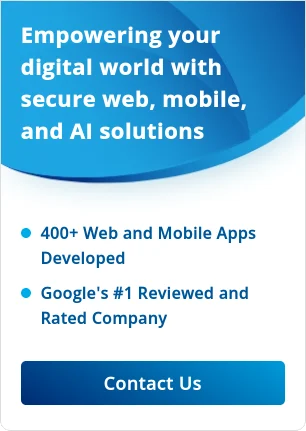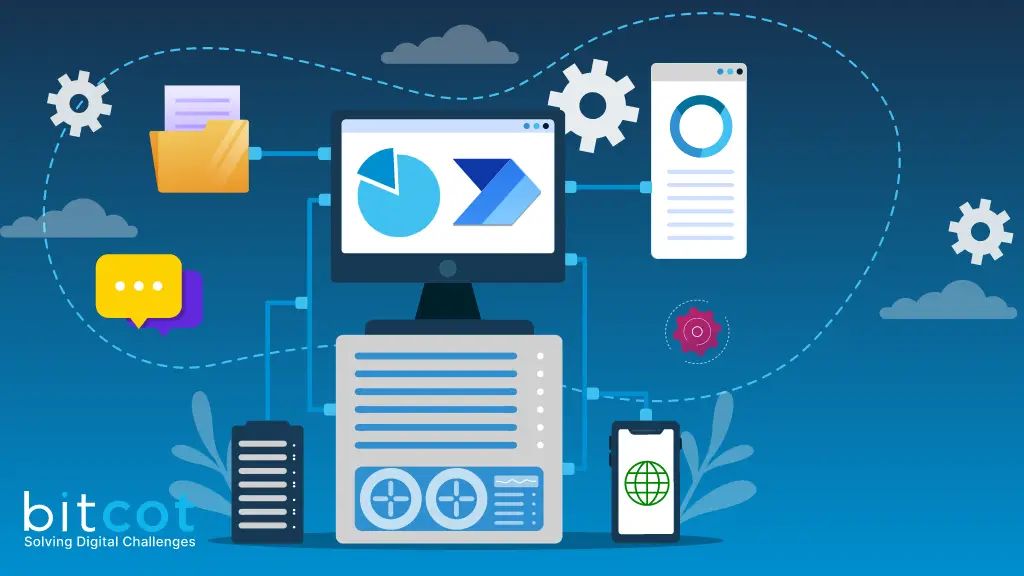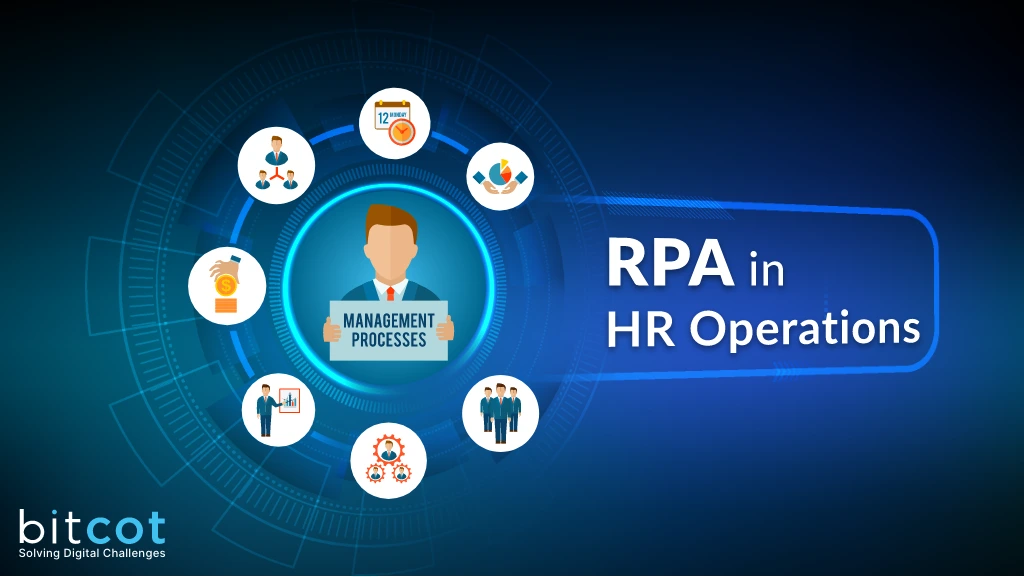
In today’s fast-paced business environment, Human Resources (HR) departments play a crucial role in managing an organization’s most valuable asset – its workforce. However, traditional HR processes often involve repetitive, time-consuming tasks that can significantly drain resources. Fortunately, the emergence of Robotic Process Automation (RPA) has transformed HR operations, bringing unprecedented efficiency, accuracy, and scalability to the HR function. In this blog, we will explore the world of RPA and how it is revolutionizing HR processes and unlocking new potential for HR professionals and organizations.
What is Robotic Process Automation in Human Resources?
Robotic Process Automation (RPA) in Human Resources refers to applying software robots or “bots” to automate repetitive, rule-based tasks within HR operations. These tasks encompass various activities, from data entry and document processing to employee onboarding and payroll management. RPA technology replicates the actions of a human user, interacting with various software applications and systems, but with higher accuracy and efficiency.
RPA in HR aims to streamline processes, enhance productivity, and reduce the manual workload of HR professionals. By automating routine tasks, HR departments can allocate more time and resources to strategic initiatives contributing to employee engagement, talent management, and overall organizational growth.
The Role of RPA in HR Processes Automation
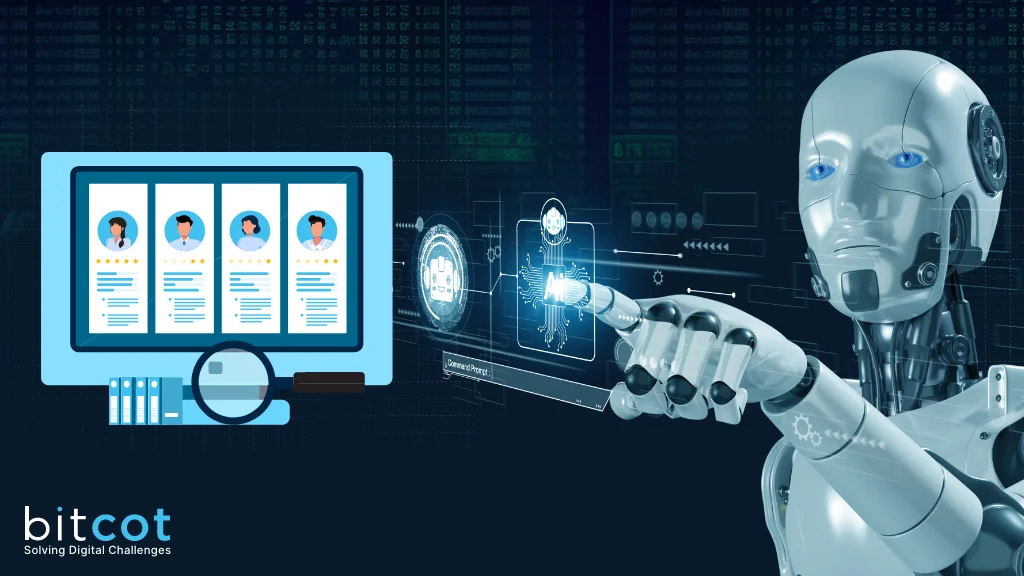
The HR department is a hub of diverse tasks, ranging from recruitment and onboarding to payroll processing, employee performance management, compliance reporting, and more. RPA has found its way into various facets of HR operations, bringing unparalleled benefits that reshape the way HR teams function and deliver value to the organization.
1. Streamlined Employee Onboarding and Offboarding
The onboarding and offboarding processes are critical stages in an employee’s journey with the organization. RPA simplifies and accelerates these processes by generating offer letters, employment contracts, and other documentation. It automates access provisioning and de-provisioning to various systems, ensuring that new employees have the necessary resources from day one, and departing employees’ access rights are promptly revoked.
2. Efficient Payroll Processing
Payroll processing is one of the most complex and time-consuming tasks in HR. RPA handles data entry, calculates salaries, deductions, and tax withholdings, and generates payslips with utmost accuracy and speed. This ensures timely and accurate payment to employees, eliminating payroll errors and promoting employee satisfaction.
3. Streamlining Leave and Attendance Management
Managing employee leave requests, and attendance records can be challenging for HR teams. RPA takes care of leave application processing, calculates leave balances, and updates attendance data in real-time. This empowers HR professionals to manage leave effectively and ensure accurate payroll deductions.
4. Accelerating Recruitment and Screening
The recruitment process involves sifting through numerous CVs, screening candidates, and conducting initial assessments. RPA streamlines these tasks, extracting relevant information from CVs, comparing it against job requirements, and shortlisting candidates based on predefined criteria. This expedites the recruitment process and facilitates quicker hiring decisions.
5. Enhancing Compliance and Reporting
RPA ensures that HR processes adhere to regulatory standards and internal policies. It can generate compliance reports, monitor expiration dates for licenses and certifications, and ensure consistent adherence to HR policies. This reduces the risk of compliance-related issues and potential penalties.
6. Optimizing Employee Performance Management
RPA automates performance appraisal processes, ensuring timely reminders, feedback collection, and data consolidation. This simplifies the performance management cycle, improves transparency, and enables data-driven decisions for talent development and succession planning.
7. Improved Employee Experience
By automating routine tasks, HR teams can respond more quickly to employee inquiries, resolve issues promptly, and improve the overall employee experience. This fosters a positive work environment and strengthens employee engagement.
Benefits of RPA in HR Processes
The integration of RPA into HR operations offers a plethora of benefits that go beyond efficiency gains. Some of the key advantages include:
- Increased Efficiency and Productivity: RPA significantly reduces the time and effort required for repetitive tasks, allowing HR professionals to focus on strategic initiatives and more value-added activities.
- Accuracy and Data Integrity: RPA bots perform tasks with high accuracy, minimizing the risk of errors and maintaining data integrity across HR processes.
- Cost Savings: By automating manual tasks, organizations can achieve cost savings associated with manual labor and potential errors.
- Scalability and Flexibility: RPA is easily scalable, allowing organizations to adapt to changing business needs and handle increased workloads efficiently.
- Enhanced Compliance: RPA ensures that HR processes are consistently executed according to predefined rules, promoting adherence to compliance requirements.
- Improved Decision-making: RPA provides HR professionals with timely and accurate data, enabling data-driven decisions and strategic planning.
- Better Employee Engagement: By automating repetitive tasks, HR teams can focus on fostering a positive employee experience, which enhances employee engagement and retention.
Use Cases of RPA in Human Resources
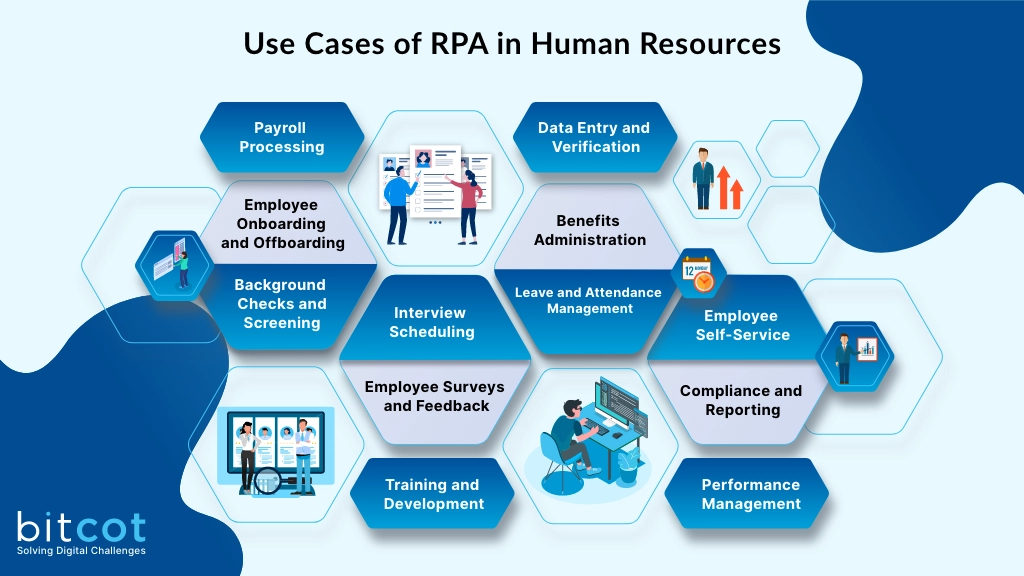
Robotic Process Automation (RPA) has found valuable applications across various industries, including Human Resources (HR). By automating repetitive, rule-based tasks, RPA streamlines HR processes, enhances efficiency, and allows HR professionals to focus on more strategic and complex aspects of their roles. Here are several critical use cases for RPA in Human Resources:
- Employee Onboarding and Offboarding: RPA can automate the creation of employee profiles, provisioning access to systems, and distribution necessary documents during onboarding. Similarly, during offboarding, RPA can ensure that accounts are deactivated, assets are returned, and exit documentation is processed systematically.
- Data Entry and Verification: RPA can significantly reduce manual data entry errors by automatically populating employee information across different systems. This includes updating personal details, work hours, leave balances, and benefits information, ensuring accuracy and consistency.
- Leave and Attendance Management: RPA can track and manage employee leave requests by automatically calculating accruals, verifying balances, and updating records. It can also ensure compliance with company policies and relevant regulations when approving or denying leave requests.
- Payroll Processing: RPA can automate the extraction of time and attendance data, calculate wages, deductions, and tax contributions, and generate accurate paychecks. This reduces payroll errors and processing time, ensuring employees are compensated correctly and on time.
- Benefits Administration: RPA can facilitate benefits enrollment, manage changes, and track eligibility criteria. It can also assist in handling benefits-related inquiries from employees by retrieving information from HR systems or relevant databases.
- Performance Management: RPA can assist in the process of performance reviews by sending reminders to managers, collecting feedback from various stakeholders, and compiling performance data for analysis.
- Compliance and Reporting: RPA can aid in ensuring HR practices comply with labor laws and regulations by automating the generation and submission of reports required by government authorities. This helps avoid penalties and legal issues.
- Employee Self-Service: RPA-powered chatbots or portals can provide employees with quick access to information related to leave balances, policies, and other HR-related queries, reducing the need for manual intervention.
- Interview Scheduling: RPA can handle the scheduling of interviews, sending reminders to candidates and interviewers, and updating interview statuses in the applicant tracking system.
- Background Checks and Screening: RPA can automate conducting background checks on potential hires, verifying references, and performing necessary screenings, expediting the hiring process.
- Training and Development: RPA can assist in managing training and development initiatives by scheduling courses, tracking attendance, and sending out training materials and reminders.
- Employee Surveys and Feedback: RPA can collect and compile employee feedback and survey responses, allowing HR teams to gain insights into employee satisfaction and engagement levels.
Incorporating RPA into HR processes can lead to significant time savings, reduced errors, increased employee satisfaction, and the ability to allocate HR professionals to more strategic tasks that require human judgment and creativity. However, it’s essential to carefully plan and implement RPA solutions to ensure they align with the organization’s needs and goals.
RPA Implementation Strategies for HR
Implementing RPA in HR requires a well-thought-out strategy to ensure successful deployment and adoption. Critical steps in the RPA implementation process include:
- Identifying Automation Opportunities: HR teams should assess their processes to identify rule-based, repetitive, and time-consuming tasks. These processes are ideal candidates for automation.
- Collaboration and Buy-in: HR professionals should collaborate with IT and other stakeholders to gain support and buy-in for RPA initiatives. Involving key stakeholders early in the process ensures smoother implementation.
- Selecting the Right RPA Tools and Platforms: Choosing the appropriate RPA tools and platforms that align with the organization’s requirements and IT infrastructure is crucial for successful implementation.
- Pilot Programs and Testing: Conducting pilot programs to test RPA bots in a controlled environment helps identify and address potential issues before full-scale implementation.
- Change Management and Training: Proper change management and training are essential for successful RPA adoption among HR professionals. Employees should be educated on the benefits of RPA and provided with the necessary training to use the technology effectively.
- Continuous Monitoring and Improvement: After implementation, continuous monitoring of RPA bots and their performance is necessary to ensure ongoing efficiency and accuracy. Regular updates and improvements should be made to optimize RPA processes further.
Best Practices for Integrating RPA into Your HR System
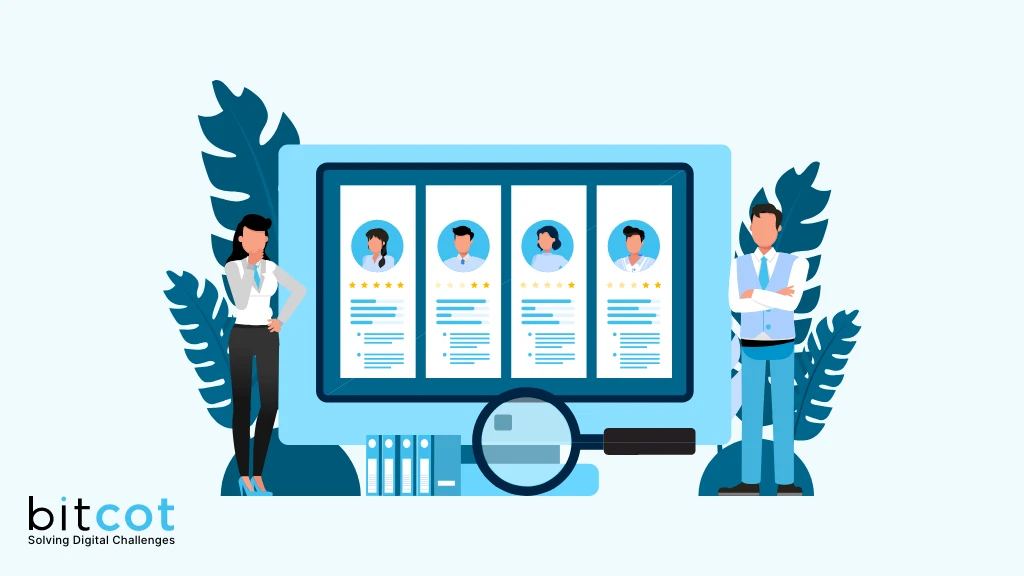
Integrating Robotic Process Automation (RPA) into your HR system can revolutionize your operations, improving efficiency, accuracy, and productivity. However, successful integration requires careful planning and implementation. To help you navigate this process, here are some best practices for integrating RPA into your HR system:
- Assessing HR Processes for RPA Integration: Before diving into RPA integration, take the time to assess your HR processes. Identify the tasks and processes that are repetitive, rule-based, and time-consuming. Prioritize the processes that would benefit the most from automation and significantly impact HR efficiency.
- Setting Clear Goals and Objectives: Clearly define your goals and objectives for RPA integration. Understand what you hope to achieve, whether it’s reducing processing time, improving data accuracy, or enhancing employee experience. Set measurable KPIs to track the effectiveness of RPA implementation and ensure alignment with your overall HR and organizational objectives.
- Engaging Stakeholders and Building a Strong Team: Involve HR personnel, IT experts, and other relevant stakeholders in the RPA integration process. Collaborate closely with your HR team to understand their pain points and gain their buy-in. Establish a dedicated RPA team responsible for implementing, monitoring, and maintaining the RPA system.
- Selecting the Right RPA Solution: Thoroughly research and evaluate different RPA vendors and tools available in the market. Consider factors such as scalability, flexibility, compatibility with your existing HR system, ease of use, and vendor support services. Choose an RPA solution that aligns with your HR requirements and long-term goals.
- Designing and Mapping Automated Workflows: Map out your existing HR processes and identify areas where RPA can be applied. Collaborate with RPA experts to design efficient workflows that automate repetitive tasks and eliminate manual intervention. Streamline and optimize the processes to maximize the benefits of RPA integration.
- Ensuring Data Security and Compliance: Data security and compliance are crucial when integrating RPA into your HR system. Implement robust security measures to protect sensitive HR data and ensure compliance with relevant data protection regulations. Regularly audit and assess your RPA system to maintain data integrity and regulatory compliance.
By following these best practices, you can successfully integrate RPA into your HR system and unlock the full potential of automation in HR operations. Embrace RPA as a transformative tool that streamlines processes, improves accuracy, and frees up valuable time for your HR team to focus on strategic initiatives and employee engagement.
Frequently Asked Questions
1. What is Robotic Process Automation (RPA), and how can it revolutionize HR operations?
Robotic Process Automation (RPA) is a technology that uses software robots to automate repetitive tasks, data entry, and workflows. In HR operations, RPA can streamline processes like employee onboarding, payroll, leave management, and data entry, enabling HR professionals to focus on strategic initiatives, improving efficiency, accuracy, and employee satisfaction.
2. What are the key benefits of implementing RPA in HR processes?
Implementing RPA in HR processes offers several key benefits. It enhances efficiency by automating repetitive tasks, reduces errors and improves data accuracy, saves time and resources, enables seamless integration between HR systems, enhances compliance with standardized processes, empowers HR professionals to focus on strategic initiatives, and improves employee experience by providing faster and more accurate responses to their queries.
3. How can RPA streamline and automate repetitive HR tasks?
Robotic Process Automation (RPA) offers a powerful solution for streamlining and automating repetitive HR tasks, enabling HR professionals to focus on more strategic and value-added activities. Here’s how RPA can be effectively utilized in the HR domain:
4. Which HR operations can be effectively automated using RPA?
RPA can automate HR tasks like data entry, payroll processing, onboarding, leave management, compliance reporting, and benefits administration.
5. What are some real-world examples of RPA implementation in HR departments?
Indeed, here are some real-world examples of RPA implementation in HR departments:
- Onboarding Automation: RPA bots handle the end-to-end onboarding process, from sending offer letters and setting up accounts to preparing welcome packages, ensuring a smooth experience for new hires.
- Payroll Processing: RPA is used to gather data from various sources, calculate salaries, deductions, and taxes, and generate accurate paychecks, reducing errors and saving time.
- Leave Management: RPA automates leave requests and approvals, updating attendance records and notifying relevant stakeholders about leave status.
- Resume Screening: RPA bots parse resumes, extract relevant information, and rank candidates based on predefined criteria, streamlining the initial stages of recruitment.
- Data Entry and Updates: RPA ensures accurate and consistent employee record maintenance by automating data entry and updates across HR systems.
6. How does RPA impact HR productivity and efficiency?
RPA significantly boosts HR productivity and efficiency by automating repetitive tasks, reducing manual errors, and freeing HR professionals to focus on strategic activities. It accelerates processes, ensures consistent data management, enhances compliance, and improves employee experiences, leading to streamlined operations and better utilization of HR resources.
7. What potential cost savings are associated with RPA in HR operations?
Implementing RPA in HR operations can yield substantial cost savings. It reduces labour-intensive tasks, minimizing human errors and freeing up HR staff for higher-value activities. This leads to operational efficiency, lower administrative costs, reduced overtime, and increased throughput. Additionally, RPA enables quicker task execution, optimal resource utilization, and enhanced compliance, resulting in long-term cost reductions and improved overall financial performance.

